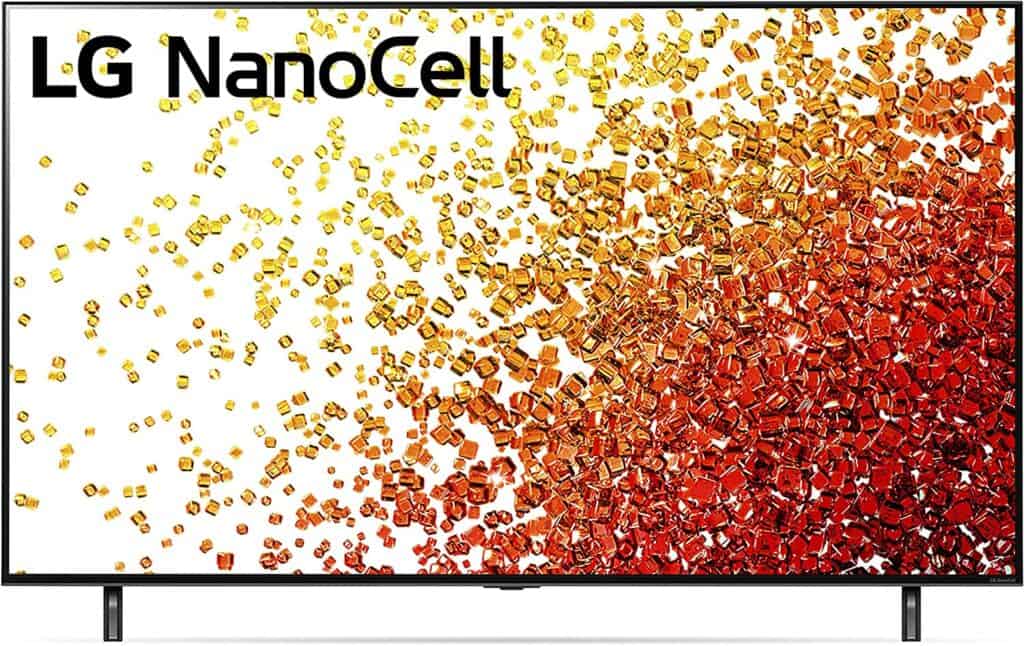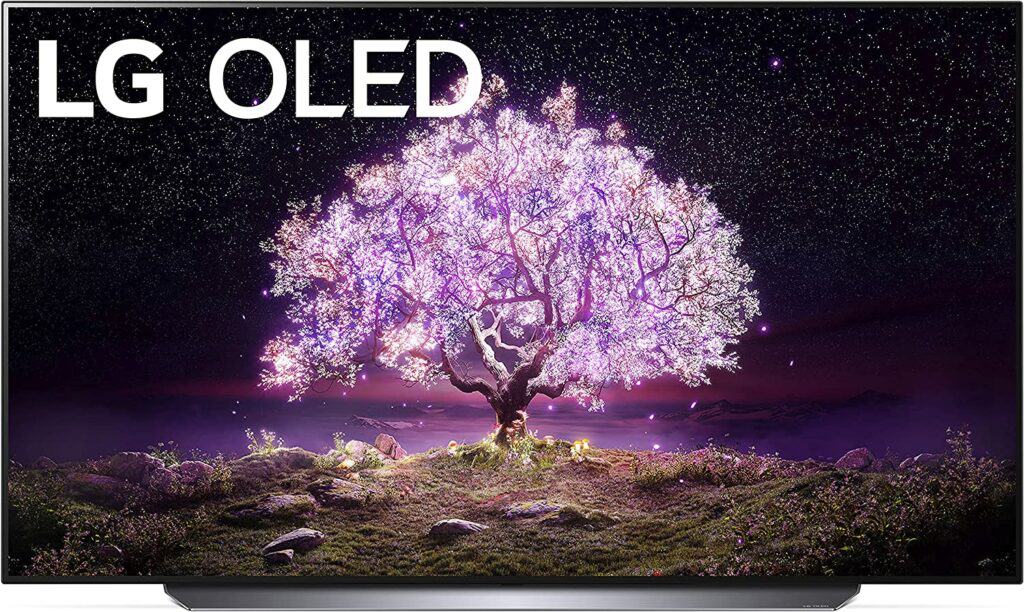If you’re shopping for a brand new TV for your home cinema, you’ve probably gone through LG’s latest products. The company is currently one of the largest TV manufacturers and retailers in the world, with lots of models and different panel technologies to offer.
Two panel technologies that seem to be getting a lot of attention are OLED and NanoCell. While the same company produces them, they occupy very different ends of the LCD TV market, both in terms of innovation and price.
As you’re about to see, OLED seems to be the higher quality, more expensive choice.
Read our NanoCell vs OLED comparison and see how these two technologies differ!
The basics
NanoCell is a relatively new panel technology from LG, created in part to rival Samsung’s QLED product line. It uses an LED backlight, improved through innovative layers and filters to maximize the tried and tested LED technology.
NanoCell is comparatively less expensive than OLED, targeting a different market segment.
NanoCell Pros
- Wide viewing angles, especially compared to traditional LED TVs and even QLED
- Vivid colors and a great dynamic range
- Most models work well with ambient light
- Lots of models to be found in the mid to high price range
NanoCell Cons
- The black range isn’t close to what OLED can offer
- They still use a backlight, which means that their color accuracy isn’t comparable with OLED
OLED is about the most expensive, most advanced panel technology on the market. These panels don’t have an LED backlight – instead, each pixel is in charge of producing its own light. This provides much better color accuracy and an unmatched black range.
As a result of high production costs, OLED is also among the most expensive product lines available now.
OLED Pros
- The best black levels and contrast on the market
- New, cutting-edge technology
- More energy efficient
- Light, flexible, and thin
OLED Cons
- More expensive, almost no options in smaller screen sizes
- More susceptible to burn-in
What is NanoCell Technology?
In our NanoCell vs QLED comparison, we highlighted the similarities between these two technologies.
In short, NanoCell uses the standard LED technology you’ll find in your LED TV but enhances it with a special layer of nanoparticles inside the TV to achieve better color vibrancy, contrast, and much more.
NanoCell may not be as innovative as OLED but don’t underestimate this technology: NanoCell will provide a dramatically better image than your old LED TV.
LG Display is currently the only manufacturer of NanoCell panels.
How does it work?
LG hasn’t been entirely upfront with how exactly their NanoCell technology works, but we can use some of their phrasing and marketing claims to reach a pretty accurate conclusion.
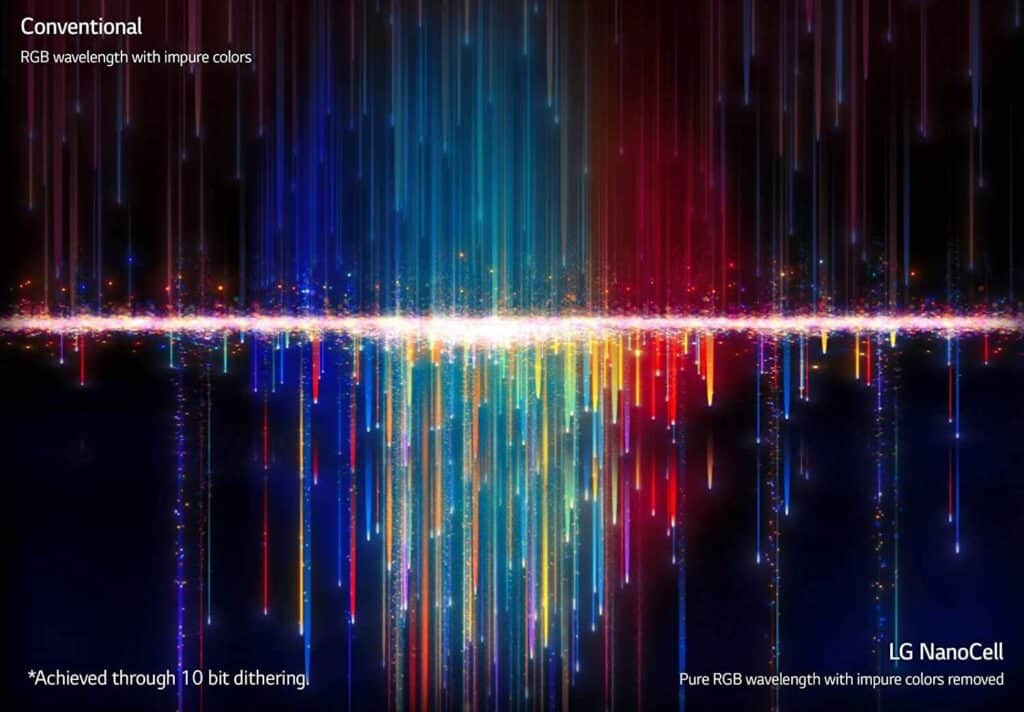
It’s clear that NanoCell uses an LED backlight with a filter layer that improves image quality and color depth. The filter is made up of something that LG dubbed “nanoparticles” although we still don’t know what these particles are. The “nano” part likely is more of a smart marketing move than a truly ground-breaking nanoparticle experiment.
In fact, the consultancy firm Palomaki Consulting did some deep research and found that the technology in question is probably a basic molecular dye for improving color.
Whatever the exact technology might be, it’s an upgrade over existing LED TVs, and it still uses a backlight.
Benefits of NanoCell technology
Like QLED, NanoCell offers impressive performance at a reasonable price, affordable for most mid-range users.
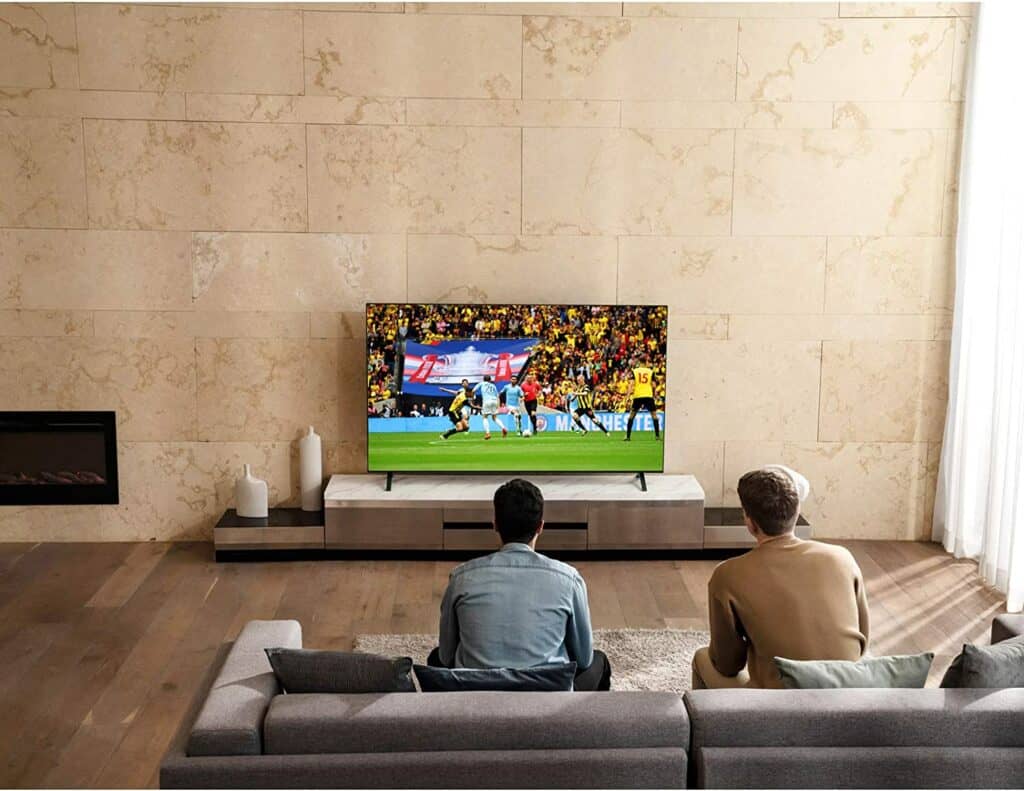
So, the key benefit of NanoCell technology would be that it provides a premium viewing experience at a fraction of the cost of OLED. It also provides wider viewing angles and better sunlight performance than its main competitor, QLED.
New NanoCell technology coming to market
Like all other LG’s product lines, NanoCell is constantly improving and giving us new things to get excited about.
Recently, we’ve seen great 4K TVs in the NanoCell line that offer 120 Hz refresh rates for a great gaming experience, as well as a strong color performance. LG also introduced an 8K NanoCell TV, expanding its offering even further. We can expect the NanoCell line to become even more competitive with QLED in the coming years.
Advantages of NanoCell over other technologies
In addition to the nanoparticle layer, NanoCell uses IPS (In-Plane Switching) panels to improve viewing angles and a better overall experience.
Compared to standard LED TVs, NanoCell is better in pretty much all categories you can think of. Better color vibrancy and separation, contrast ratio, black levels, and especially viewing angles.
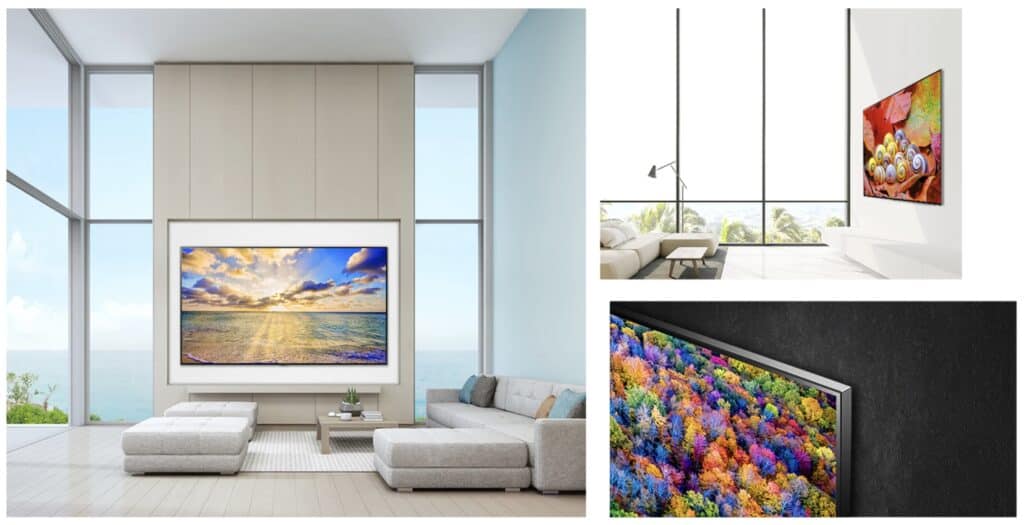
Compared to OLED, however, NanoCell doesn’t have much more to offer. Wide viewing angles, color vibrancy, and an impressive contrast ratio are all things you can get with OLED (in fact, OLED performs even better). Two things that NanoCell can promise are less risk of burn-in and better performance in daylight conditions.
Not that burn-in is incredibly prominent in OLED TVs, but NanoCell’s technology simply isn’t set up in a way that allows burn-in to happen.
Disadvantages of NanoCell compared to other technologies
One issue you’ll find with NanoCell is the black range. The same IPS panels that produce great viewing angles seem to fail to produce deep black levels, especially in dimmed rooms. This is directly opposed to OLED TVs which are currently the best on the market for black levels.
Contrast will also be a problem for NanoCell owners, compared to both QLED and OLED. While they’re still a lot better than regular LED TVs, NanoCell offers contrast ratios of about 1,000:1 (QLED can go up to 4,000:1).
Compared to OLED, NanoCell is also less power-efficient.
What is OLED Technology?
OLED is all the rage right now when it comes to new TV technologies. It’s at the forefront of innovation, with models that push the limits of what’s possible in terms of color separation and black levels.
In the high range, OLED TVs almost stand alone – most of the very high-end, high-performance TVs you’ll find are big, 70’’+ OLED models. However, the lack of low-range models has always been an issue for OLED, which is arguably one of the reasons why LG developed the NanoCell series.
You can buy OLED TVs from other brands – namely Sony, Philips, and Panasonic – but the OLED displays are manufactured by LG Display and sold to these companies.
How does it work?
Unlike QLED and NanoCell, OLED panels don’t have a backlight.
OLED stands for “Organic Light-Emitting Diode,” which refers to the millions of individually controlled pixels placed inside these displays. Since each pixel is individually lit, you can achieve a much better color separation and less bleeding.
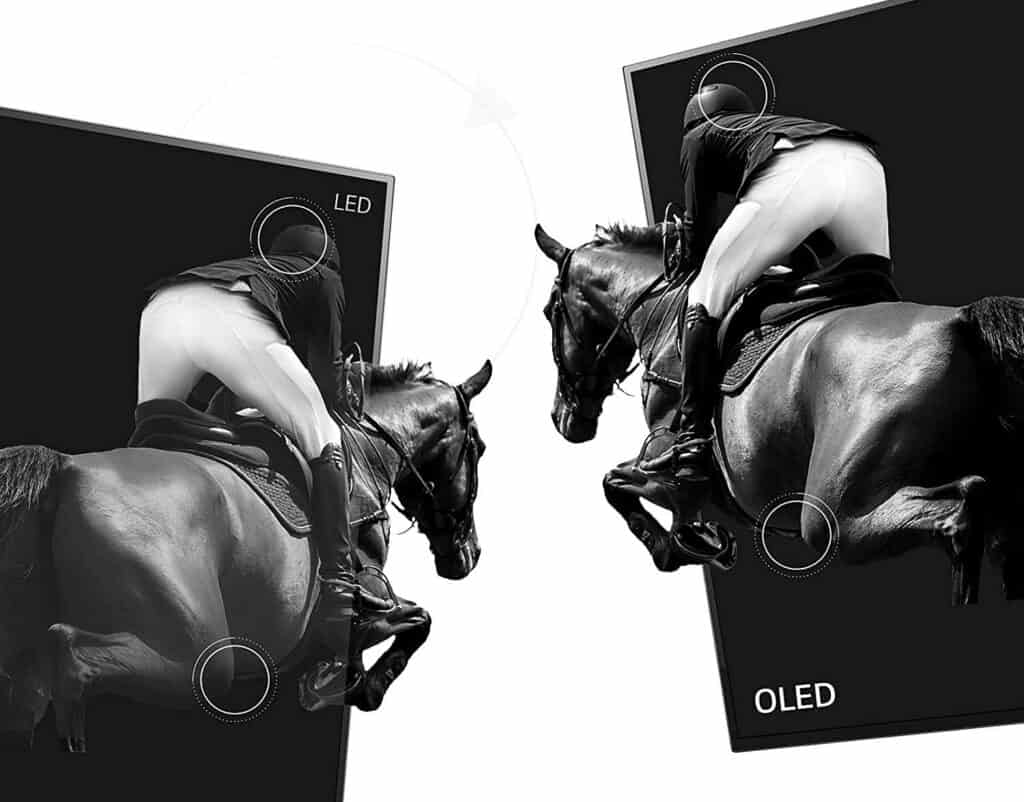
This is probably most apparent in dark scenes with certain bright areas of the screen. Say you’re watching a scene with a car driving through the night. On a regular LED TV (or even a QLED or NanoCell TV), it would be impossible to prevent the car’s headlights from bleeding into their surrounding area. That’s because the LED backlight is still shining to light the headlights.
On an OLED TV, each individual pixel is shining separately. This means that the pixels that simulate darkness are completely turned off while the ones acting as headlights are shining bright, with no interaction between the two sets of pixels.
Benefits of OLED technology
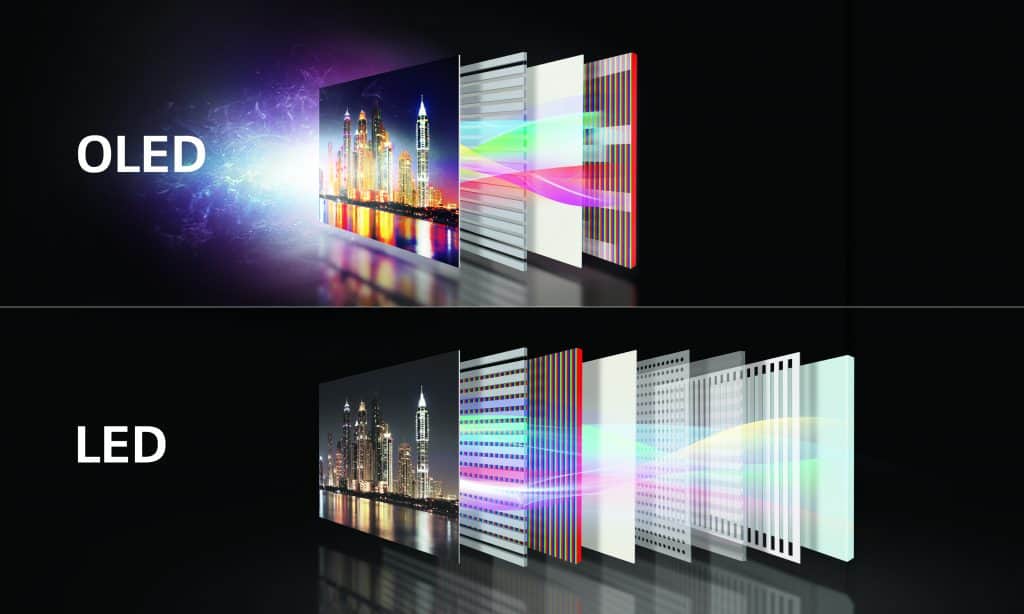
OLED has revolutionized the LED TV space by removing the backlight, so most of its benefits come from this fact.
Lower power consumption, a more cinematic viewing experience, and a thinner profile are all benefits of OLED technology. This does come at an increased price but, if you’re a true cinephile, OLED is almost unrivaled at the moment.
New OLED technology coming to market
The key goal of LG with its OLED technology seems to be developing new, more compact models.
LG already announced that they would be releasing a 42-inch panel in 2021 but pushed the released date to sometime in 2022. Either way, It’s clear that adapting the technology to smaller screens is one of the most important goals for LG going forward.
At the same time, LG is constantly pushing the limits with its high-end OLED range, with rumors that 97-inch OLEDs are also coming in 2022.
Advantages of OLED over other technologies
The lack of a backlight gives OLED many advantages over competing panel technologies.
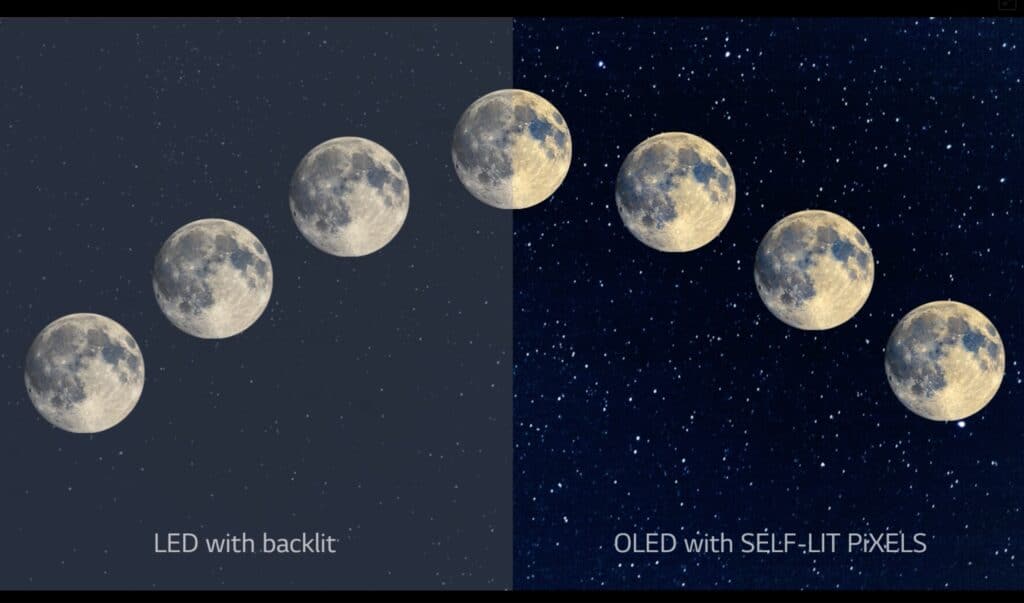
The one you’ll always see highlighted is the mentioned black range. Since OLEDs can completely turn off the pixels that simulate darkness (while other displays just dim the LED backlight), the black levels in these displays are incredibly deep and nuanced.
Additionally, the color separation and contrast in OLED displays are pretty much infinite since there are more than eight million pixels in each one, all emitting their own color.
Disadvantages of OLED compared to other technologies
It might seem like we’re entirely sold on OLED, but the technology has its flaws.
First of all, its performance in bright daylight conditions is questionable. Since no LED backlight is involved, the brightness levels are generally lower than in standard, QLED, or NanoCell TVs. So, if your living room is brightly lit, an OLED TV might struggle to produce a clear image.
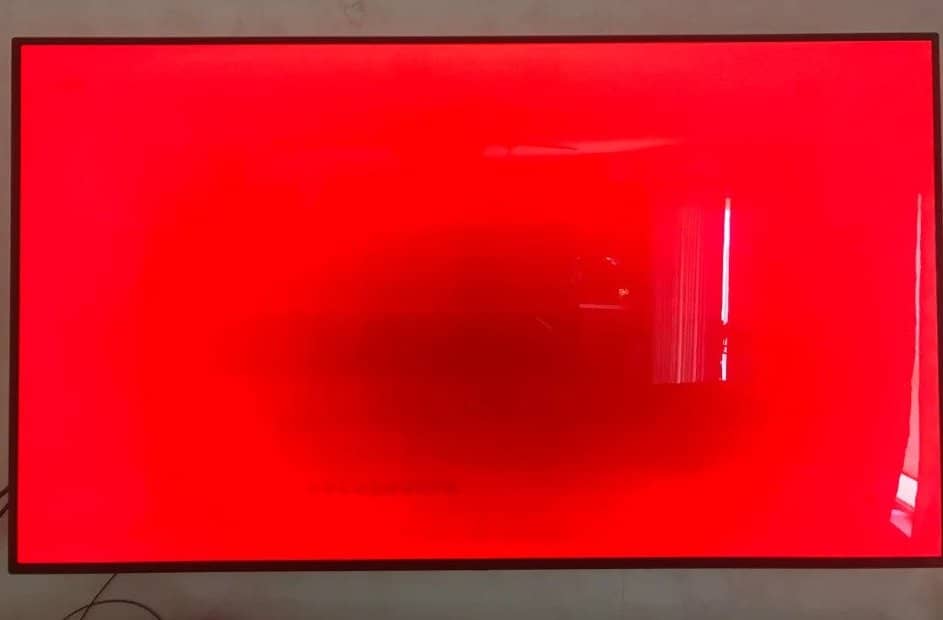
OLED TVs have also shown a susceptibility to burn-in: dark spots that remain on the screen, caused by leaving a static image on the screen for a long time. For example, a channel logo or a still game interface can cause burn-in if left on-screen for long. Although it’s not that common, burn-in is typically an OLED-specific problem.
Which technology is better?
In terms of pure quality and innovation, OLED is clearly the better technology. It outperforms NanoCell in almost all specs and occupies a more premium space in LG’s own product structure.
| Features | OLED | NanoCell |
|---|---|---|
| Brand | LG | LG |
| Technology used | Individually lit pixels that emit their own light and color | Not specified, most likely a color-filtering molecular dye |
| Viewing angle | Wider, no discoloration since it has no backlight | Wide, thanks to the IPS panel |
| Contrast and brightness | Incredibly high contrast and brightness, as well as color separation | Lower contrast ratio (under 2,000:1) but better brightness |
| Black levels | Incredibly deep and nuanced black range | Unconvincing black range, the blacks are closer to dark grey |
| Perfect viewing conditions | Dark, dimmed rooms | Daylight |
| Product variety | Only larger models available at the moment | A more comprehensive range of products available, although it also lacks options under 49’’ |
| Future plans | More compact options (42’’ model to come soon), as well as more impressive high-end models | Expanding the product offering with more high-end options |
| Price | Check Price on Amazon | Check Price on Amazon |
Price
OLED is the pricier option, and LG markets it as such.
If you’re looking for a high-end TV and have money to spend, you’ll probably be looking at models like the LG OLED C1 series that can run anywhere from $1,800 to nearly $5,000.
On the other hand, certain NanoCell models can be quite affordable and give you great value for money. The latest NanoCell 90 series offers 55’’ models for as little as $900. Even larger options don’t go over $2,500 – which may sound like a lot, but it’s really nothing considering we’re talking about an 86-inch TV.
Related Read: Our LG Nano90 vs Nano91 comparison
Conclusion
Judging by their prices, specs, and the space they occupy in LG’s product offering, the conclusion of our NanoCell vs OLED comparison is simple.
OLED is the superior technology that outperforms NanoCell in just about everything. So you should go with OLED if you’re looking for a premium viewing experience for movie nights with your friends and guests.
If you’re just looking for a great TV that will replace your old LED TV, but you don’t want to spend too much money, NanoCell is the better option. It will also perform better in bright daylight conditions.
